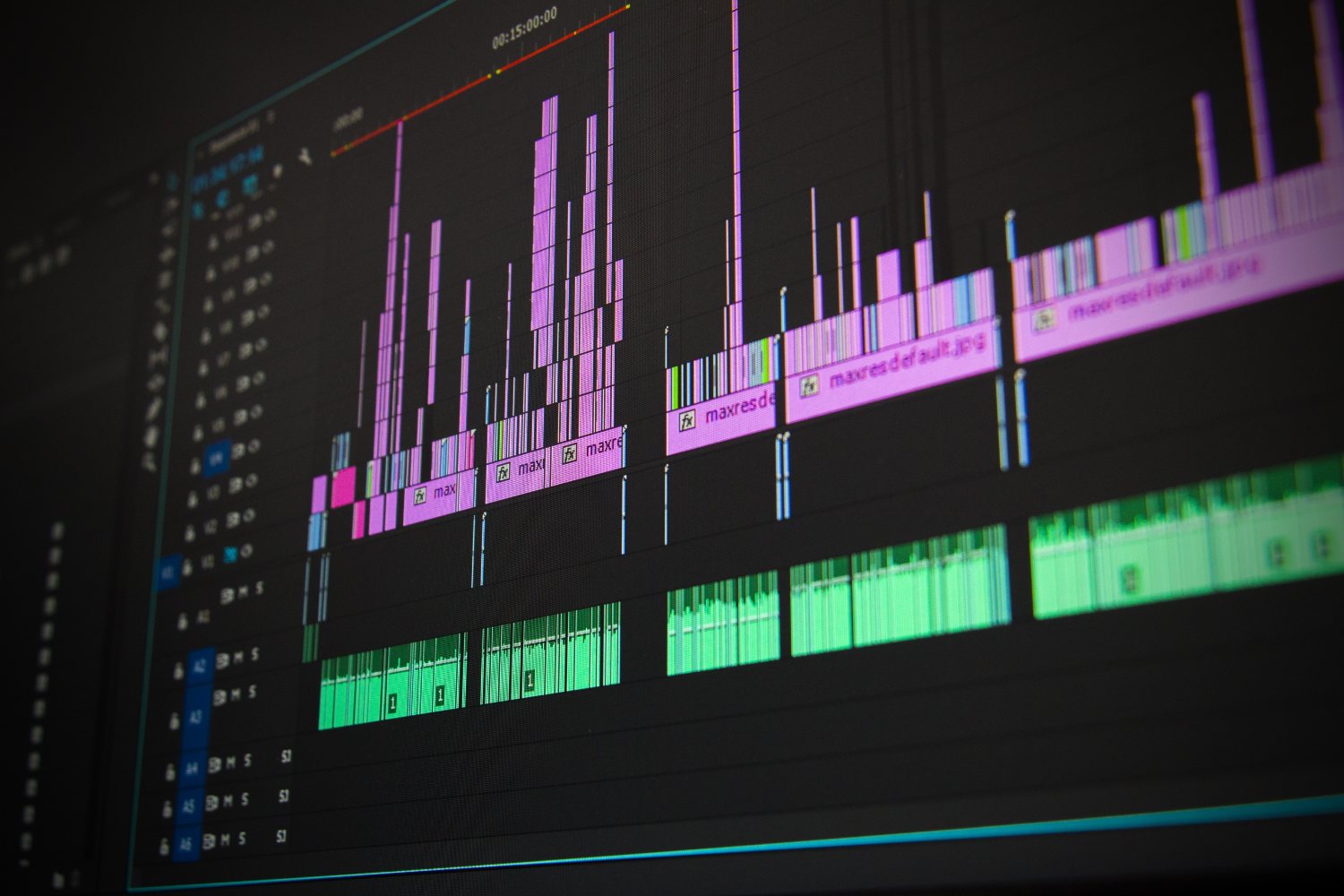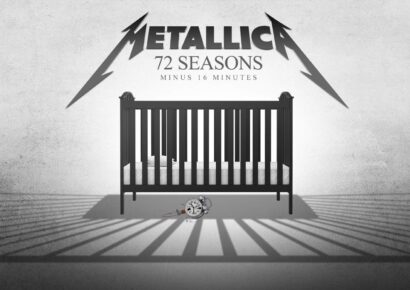Following on from our article covering the best DAW options for beginners - here's our guide to levelling up your workflow.
A DAW, or Digital Audio Workstation, is software that helps us navigate producing, writing, recording and mixing music. In essence they’re a digital tape machine, taking input signals and recording them and allowing us to cut, splice and ultimately compile recorded performances for mixing, mastering and listening. Most of us start on more basic, simple and intuitive DAWs, and a lot of people move onto more comprehensive DAWs as they develop their own workflow – we’ve even put together a comprehensive guide to the best DAW for beginners. There’s a multitude of options that all serve the same purpose, to facilitate making music, but the route we take to get to the end has us working different ways in different DAWs, depending on our needs, or our client’s requirements.
Read up on all the latest features and columns here.
For those engineers who began their careers on digital, we used programs like Adobe Audition, Garageband, Fruity Loops and more, and while these all have their merits, they’re limited in what they’re able to offer from music creation to final deliverables in mastering. Making the jump from your first DAW to a more ‘professional’ one can be daunting, throwing your comfort and workflow to the wind and diving into a new program with its own shortcuts, templates, controls and limitations. First and foremost, routing and track layout is what separates a lot of DAWs.
Signal Routing
The way signal flows through a DAW influences your processing and workflow more than anything else. While some DAWs replicate an analogue workflow in the digital domain, others take conventional routing ideas and organise them for people more accustomed to the digital domain.
ProTools is accepted as the ‘industry standard’, partly because it’s one of the more widely available at professional level studios. ProTools routes signal much like a console and tape machine, offering both audio and auxiliary tracks like most DAWs, but also offering VCA and master faders. Each audio track has 8 insert points and 8 auxiliary sends, allowing you to process the track, as well as send audio elsewhere. The routing of ProTools is very manual, requiring most moves to be done very intentionally. While this works for complicated mixing routing, it’s not always ideal for music creation without a template. ProTools can take a few more clicks than other DAWs, and we all know how fleeting creativity can be, especially when bogged down sending signal to a reverb, for example, and back again.
Logic Pro works phenomenally as a creative DAW for writing and producing, as well as mixing and mastering. An Apple program, Logic is quickly becoming more widely used as Atmos powers toward the ‘norm’. Atmos mixing and routing is available in the standard version of Logic Pro, while other DAWs require Dolby software or additional plugins to handle the Atmos processing. At its core, Logic Pro operates much like a console as well, with inserts and sends available on each track, but with the addition of digital abilities like folders for tracks and more automated templates that ultimately help you get sound moving around faster.
Cubase pushes this further, being a great DAW for makers who use a lot of MIDI and VSTs. Cubase is super intuitive, intelligent, as well as containing functions for more conventional audio routing, while having all the digital folder functionality under the hood.
DAWs for editing and comping
A DAW like ProTools is praised for it’s editing abilities – albeit being a phenomenal choice for editing audio. For makers editing MIDI performances or other synthesised sounds, a DAW like Logic Pro, Cubase or Ableton would be a smarter choice.
Ableton has carved out a niche for itself amongst electronic music makers, its simple interface and settings making it easy to quantize recordings to the grid for further production, remixing or mixing itself.
While ProTools and Logic contain a lot of helpful intelligence to identify, cut and shift transients, they’re limited by the users that they’re made for. Editing can be a very manual process for genres like rock, pop and metal, with of the nature of acoustic instruments. Because of this, some DAWs offer a multitude of options for different scenarios. Creatives editing audio recordings need to be wary of phase and hard cuts, so DAWs designed for this kind of content might limit you in what you can do.
Electronic music is more often than not made up of synthesised sounds blended with audio, so the phase relationship between different tracks doesn’t always matter so much. A DAW like Ableton can automatically analyse your input and align it to the grid.
Intuitive workflow
Ironically, more complex DAWs have a less intuitive workflow. As mentioned before, ProTools allows the user to send and receive audio all over the place and, similar to a console, the process can be quite manual, like patching signal in and out of a patchbay. This is to ensure you’re sending a signal to the place you want it and nowhere else, which can be a hindrance to some users.
Logic Pro has similar functionality, but with a little more intelligence to make this process faster when needed. Be wary though, engaging this kind of functionally can send audio to places you didn’t intend.
Dedicated DAWs
The more clients you work with, the more you’ll realise that usually, everyone needs something different to put their recordings out. While DAWs like ProTools and Logic Pro can do most things, there’s more specialised DAWs for specific needs. While Ableton falls into this category as a specialised electronic music DAW, it can also process and record audio fine, as well as having the tools to mix. Mastering, however, is often a different ballgame. DAWs like WaveLab and HOFA CD-Burn.DDP.Master are built more specifically for mastering, offering different file types as well as different files that are useful for uploading to streaming services or sending off for a vinyl release. This includes WAVs for deliverables, but also playback information, metadata including royalty information to ensure your artists gets paid, vinyl cue sheets and more. Mastering is a final quality check, and it’s often more about data, metering and delivering files, so these kinds of DAWs include everything you need to complete those checks.
Overall, there’s no right or wrong answer about what DAW to work on. Even the more methodical work like mixing and mastering requires some creativity, and there’s lots of tools to help you achieve that. How you get there is dependent on your DAW, and your choice depends on how you want to work. Some more universally known DAWs can help you move from studio to studio with ease, while others might be less widely used at the top tier, but still serve to assist in your workflow. Some are more intuitive than others, and for good reason, but it depends on your expected results and the speed you need to access that stuff.
All DAWs can be shaped to your specifications with things like templates, but their layout, file management and options for editing, comping, mixing, mastering, metering and exporting are entirely dependent on what you need. A move from your first DAW onto something more professional can be daunting, knowing now that it’s informing your workflow, which is ultimately your voice within the industry. The end result is what we’re all shooting for, so choose the DAW that seems to help your path the most!
For more information about the best DAWs for beginners, check out the guide to this year’s best offerings here.







